This website uses cookies so that we can provide you with the best user experience possible. Cookie information is stored in your browser and performs functions such as recognising you when you return to our website and helping our team to understand which sections of the website you find most interesting and useful.
Horodnie Territorial Community
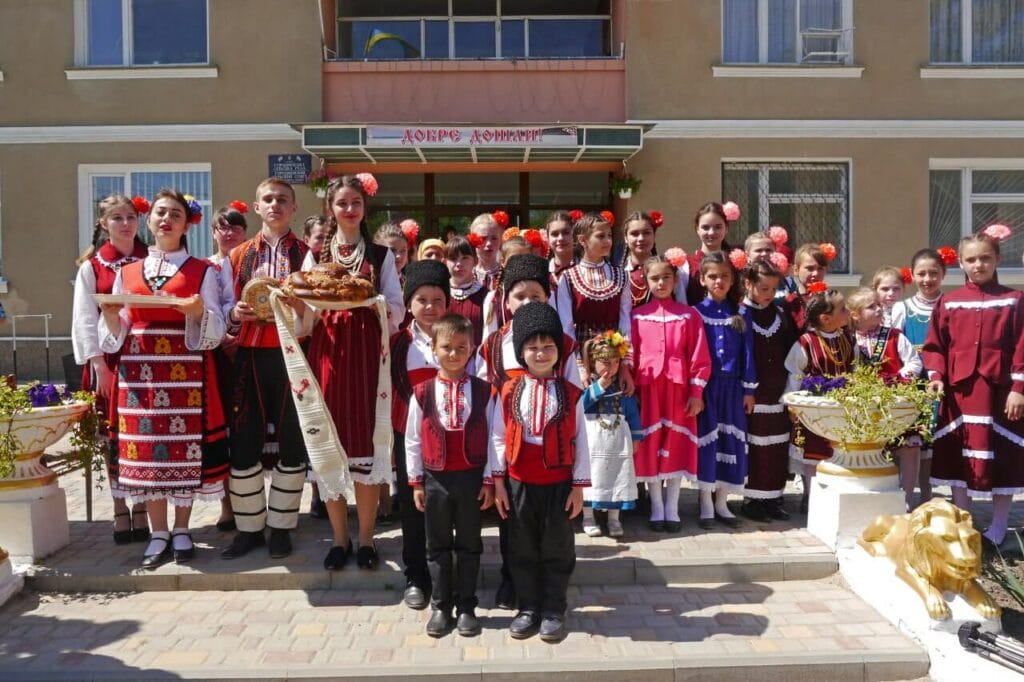
The Horodnie Territorial Community is situated in the territory of the Bolhrad District of the Odesa Region.
The total surface area of the Community amounts to 297 square kilometres.
Community population: 14 551 residents
Women: 7 835 residents
Men: 5 365 residents
Children: 1 351 residents
Internally displaced persons: 38 people
The Community consists of four localities with the town of Horodnie being its administrative centre.
History
The territory of the Horodnie Community has long been inhabited exclusively by nomadic peoples and for a long time was a kind of “corridor of history” through which many tribes and peoples of the world passed. Excavations of local barrows show that Thracians, Scythians, Greeks, Sarmatians, Goths, Huns and others temporarily lived there. But this region remained wild, undeveloped and unsuitable for life.
Later, the first permanent settlers began to inhabit the area. They made dugouts and lived there. Part of the land was ploughed and wheat was sown, which gave a high yield. Then people realized that it was possible to live and develop there, and in the following years, agriculture became the main local industry.
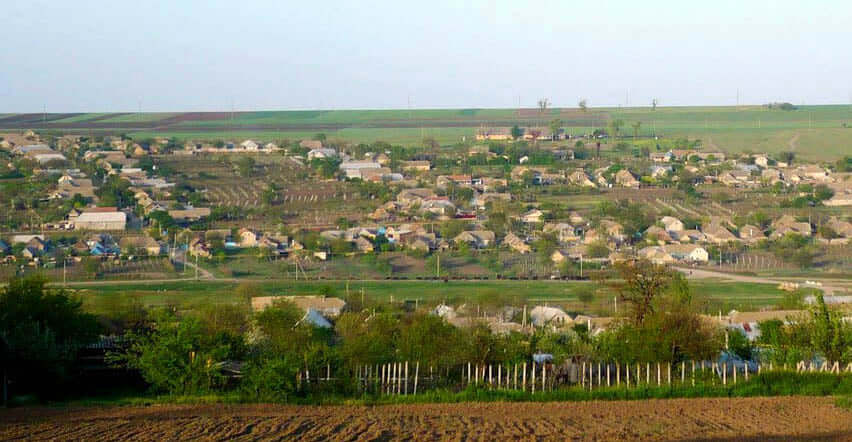
The village of Horodnie is the administrative centre of the Community. It is one of the oldest Bulgarian settlements in southern Ukraine founded in 1813. It is located along the Velyky Katlabukh River, which divides it into two parts. The current official name of Horodnie has not been used for long. But local residents continue to call the village by its old name – Chyishyia, which came from the Tatars who used to live on this land. Translated from the language of the Nogai people who lived there, it means “a wet, dewy valley”.
Bulgarians and Gagauz people mainly live in the territory of the Horodnie Community. Thanks to their great diligence, tenacity and patience, this area was transformed from a once “desert steppe far away from the centres of civilization” into a fertile and flourishing land of Bessarabia. Despite all the difficulties, they have managed to preserve their original culture, language, lifestyle, national traditions and characteristics for two hundred years.
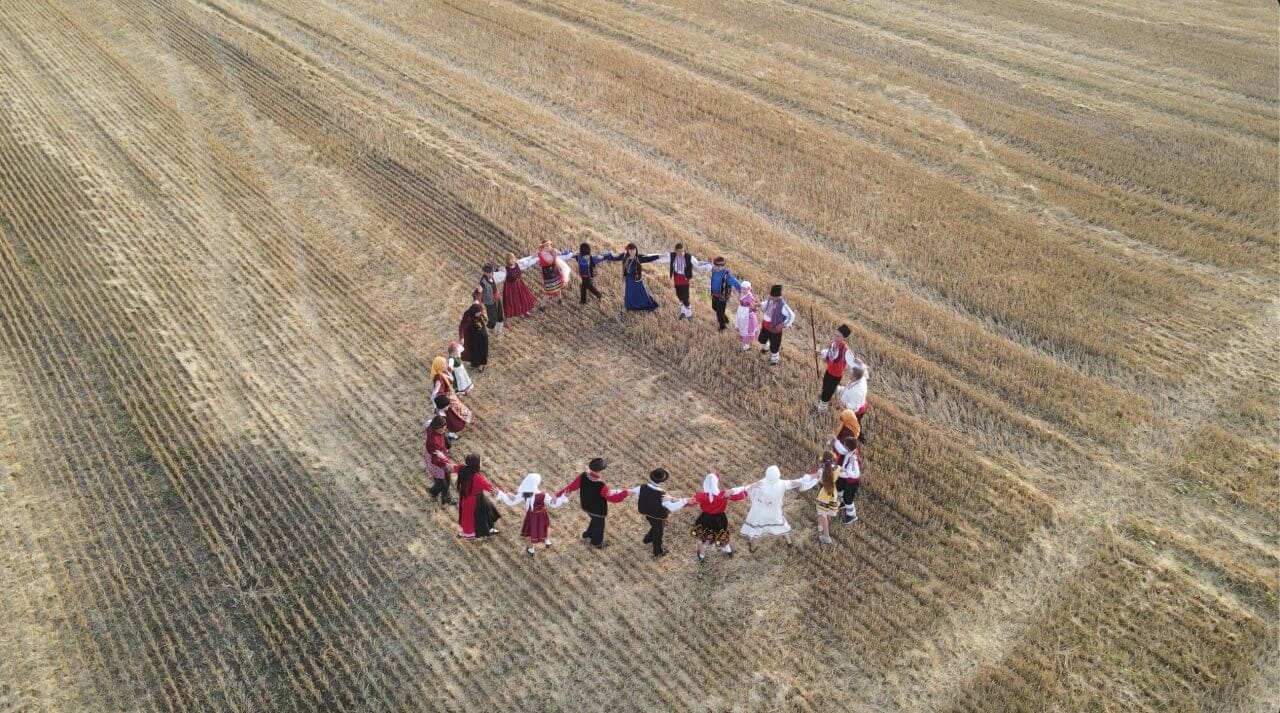
In the Community, there is the Saint-Christmas-Theotokos Convent, which is also called the Oleksandrivskyi Convent because it is located four kilometres away from the village of Oleksandrivka. At first, a chapel was built there, and then, with the blessing of Bishop Justin of Izmail, the construction of a convent with a church in honour of the Nativity of the Most Holy Theotokos began.
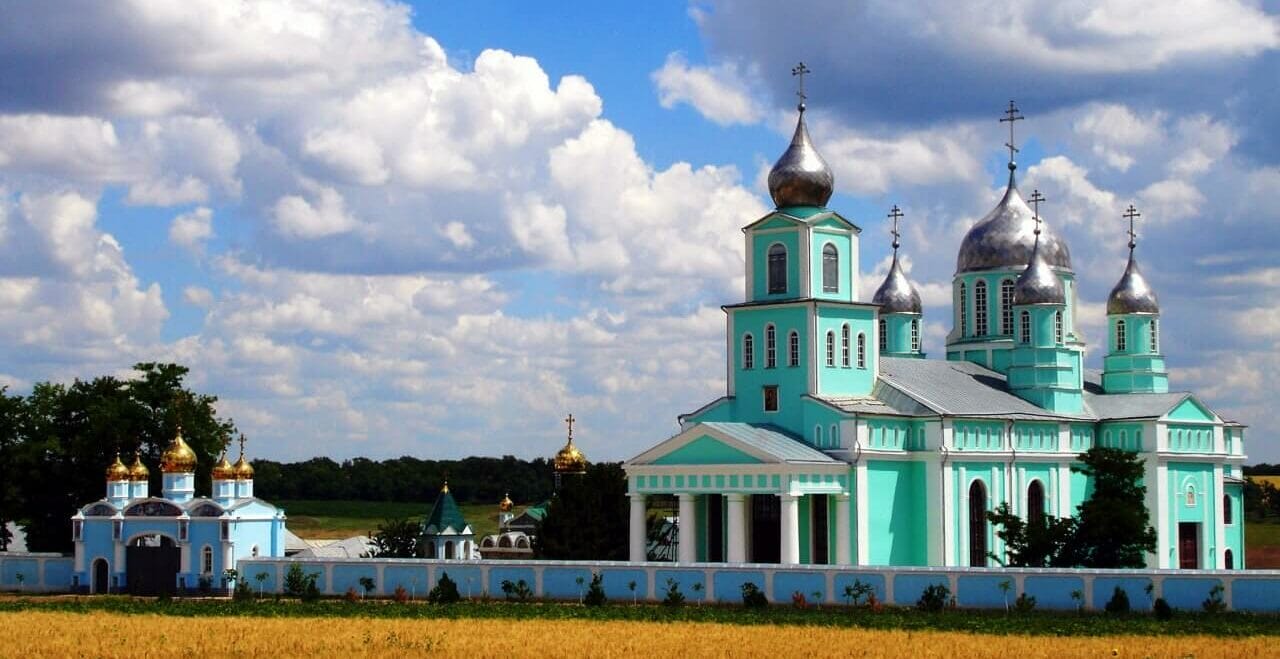
Economy and Welfare
The residents of the Community are original farmers, herdsmen and gardeners, and to this day agricultural activity remains the main branch of the economy. Agricultural businesses, farms, mini-bakeries, oil mills and flour mills, commercial, catering and household businesses, and private shops operate in the territory of the Community.
The Horodnie Territorial Community is in close proximity to the river ports of Izmail and Reni, which are located on the border with Romania and are currently the main transport artery of Ukraine. This has a positive effect on the Community’s export opportunities.
Upon the full-scale invasion, entrepreneurs owning dairy stores relocated to the Community. Now the Vodnyk family is relaunching their family business: homemade sheep cheese is made on the farm; they have also built a warehouse for raw materials and a facility where cow and sheep cheese is produced on a small industrial scale.
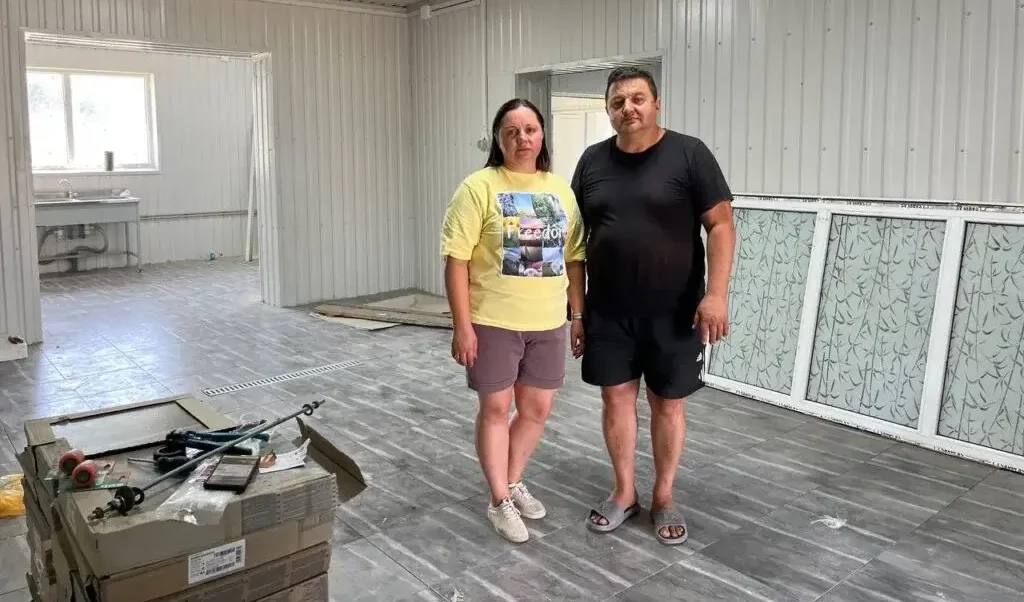
The Community has created good conditions for providing high-quality social services to the population. Highly qualified professionals and young specialists work at community institutions to provide administrative, educational, medical, social, and other services to the population. The Horodnie Territorial Community is working on the development of its infrastructure.
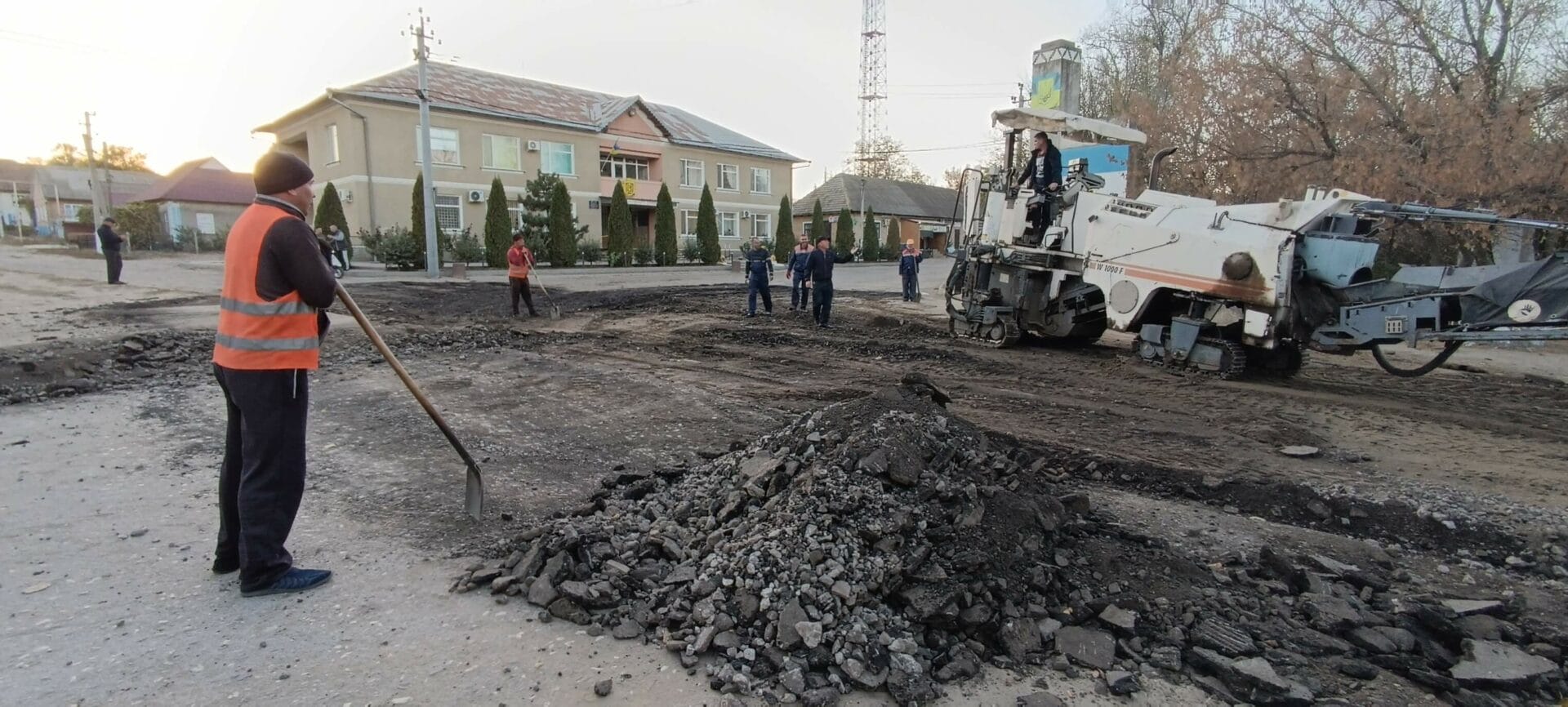
During the short period of the Community’s existence, its leadership has managed to achieve the following goals: overhaul of the roofs of three educational institutions, repair and insulation of the facade of the lyceum. Repairs were carried out and cooking facilities were equipped according to international standards, a JCB excavator was purchased, the construction of a new outpatient clinic was completed, and documents for starting work and installing medical equipment are currently being prepared.
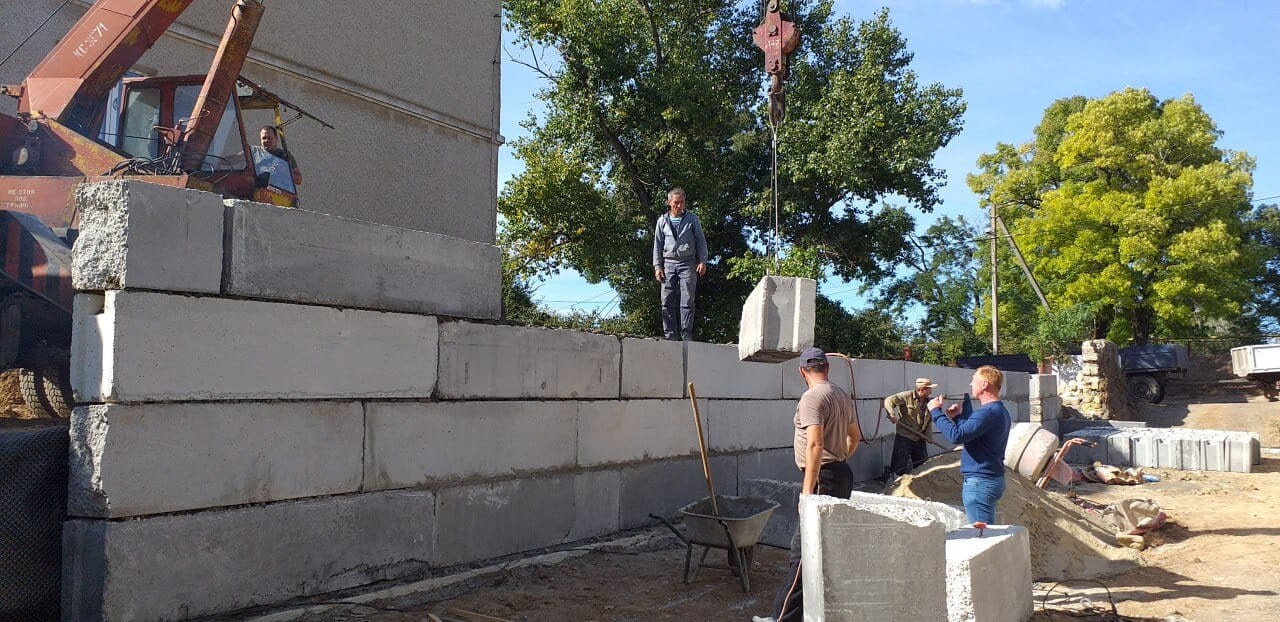

Community and War
At the beginning of the full-scale war, the Horodnie Community became a refuge for those who were fleeing the zone of active hostilities and occupation. They were accommodated in private houses and provided with everything they needed. Cooperation with charitable organizations engaged in humanitarian support for internally displaced persons began.
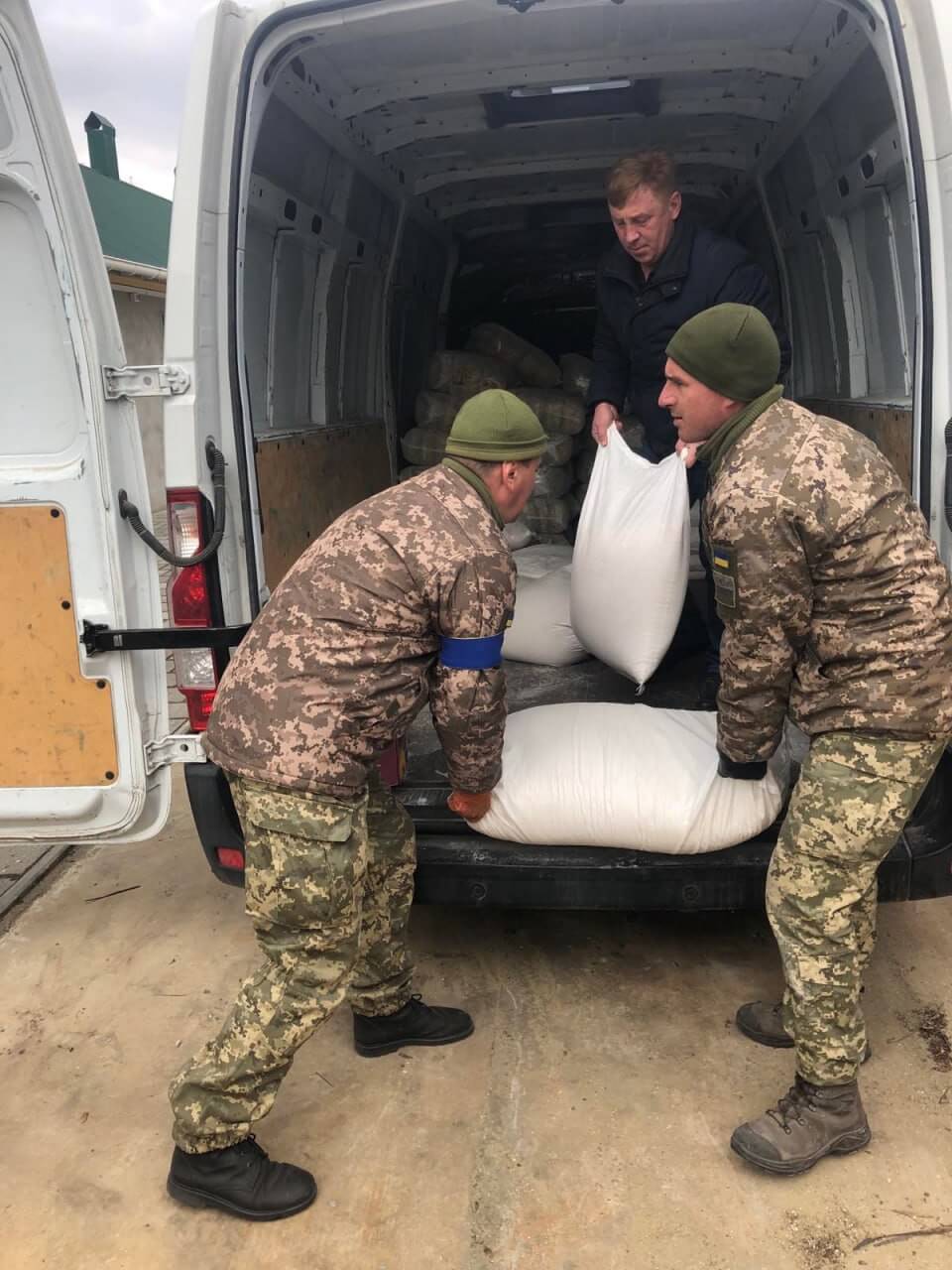
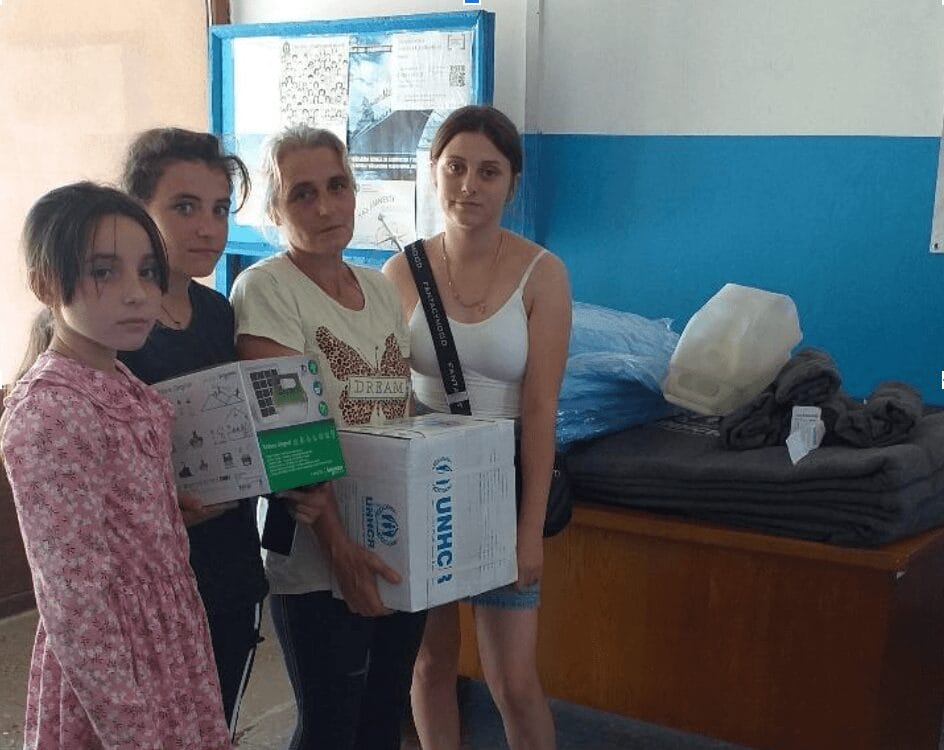
In the village of Dmytrivka of the Horodnie Community, one of the buildings of the hospital was converted into a place for compact accommodation of internally displaced persons. Using funds from the local budget, the heating system was remade, a solid fuel boiler, sanitary ware, furniture were purchased, and new household appliances were installed.

Special attention is paid to helping military personnel. An amount of UAH 2,800,000 was allocated from the local budget for the needs of the Armed Forces of Ukraine. Two drones were purchased to ensure the security of the border zone.
Aid was also organized for the Kherson Region, whose residents suffered as a result of the explosion of the Kakhovka HPP dam; food, hygiene kits, clothes, shoes, etc. were collected.
Educational institutions of the Community hold charity events and raise funds for the Ukrainian military. The local residents constantly organize meetings to support the Armed Forces of Ukraine and send aid to the specific units.
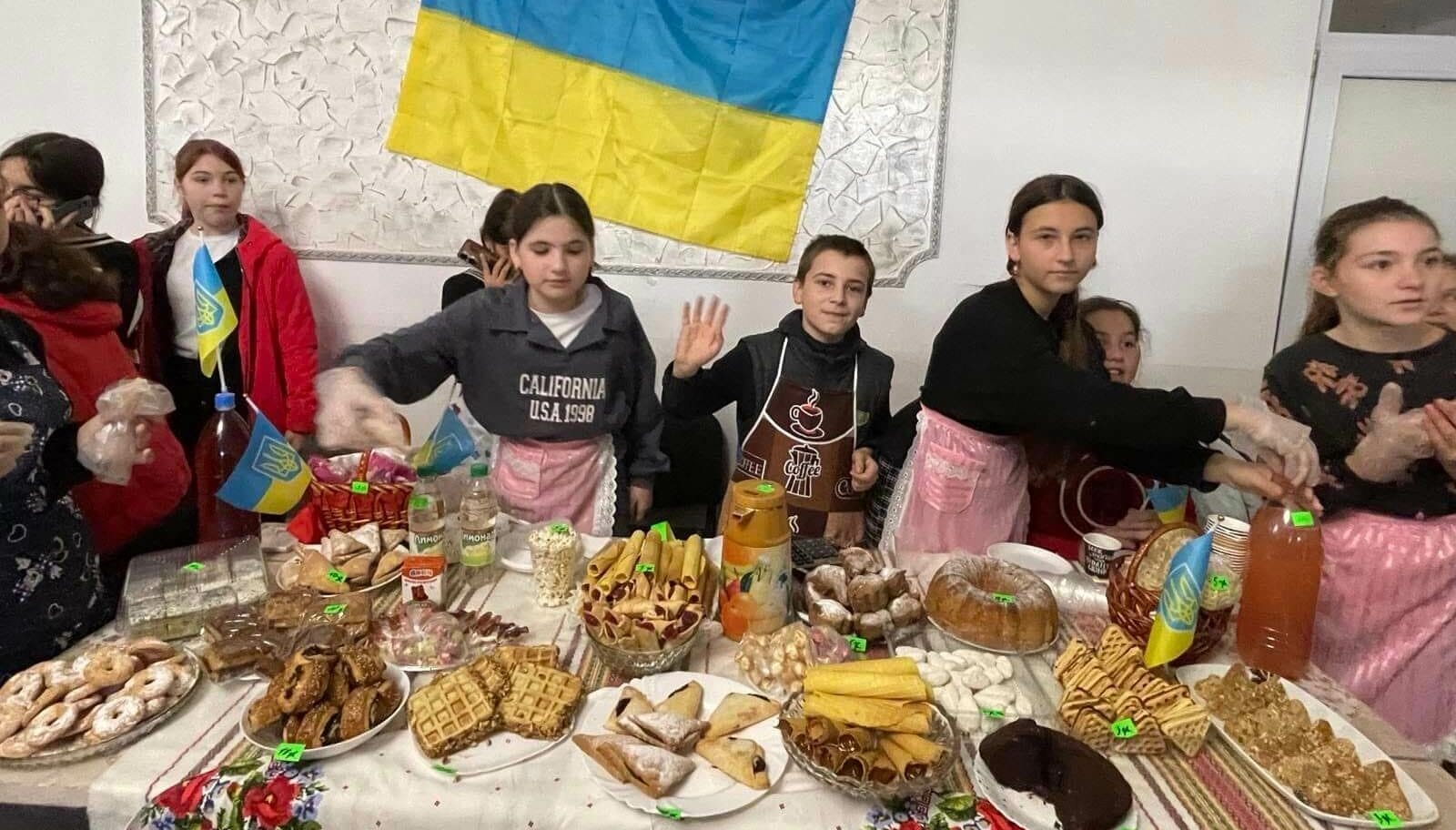
The leadership team is working to create a safe environment. Bomb shelters are being built and equipped across the Community.
People of the Community
Mykola Bohoev is the head of the Horodnie Community. He has held administrative positions for over 20 years. At the time of the decentralization reform, he initiated the creation of the Community.
The Head and the Counsellors of the Horodnie Community always support their residents with proactive proposals for the development and improvement of their everyday comfort. But after the beginning of the full-scale invasion, there have been significant changes in the implementation of the planned activities and priorities have changed. Attention to the younger generation, namely education, leisure, physical and cultural development, remains unchanged. Local budget expenditures are largely concentrated on education.
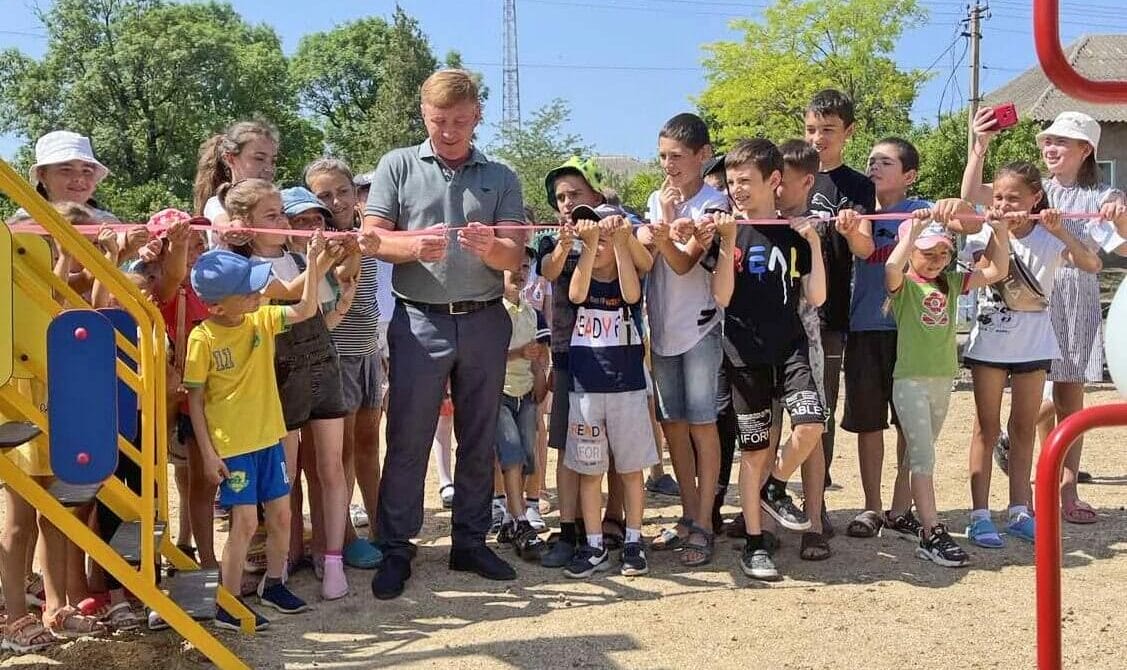
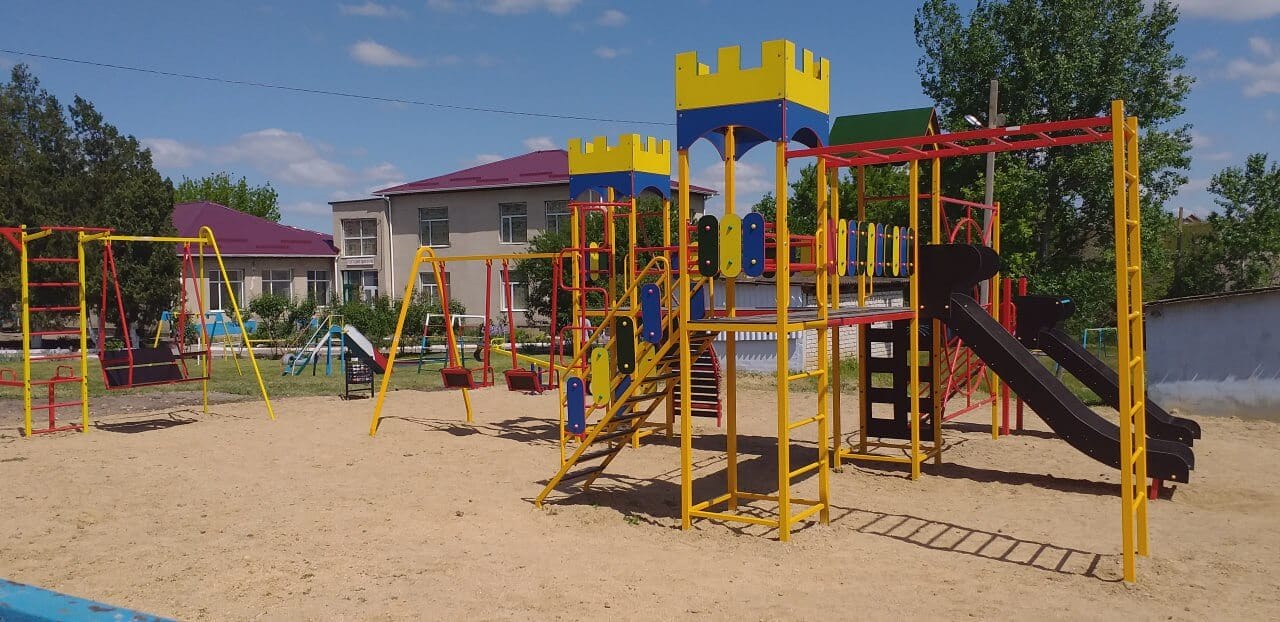
The International Festival of Folk Art “BESSARABYA FOLK” is held in the Horodnie Community. The slogan of the festival is as follows: “A place where cultures meet” and it is there that a large-scale event is held, where one can get to know the multi-ethnic region, touch different cultures, get acquainted with unique local customs and traditions, and taste various dishes.
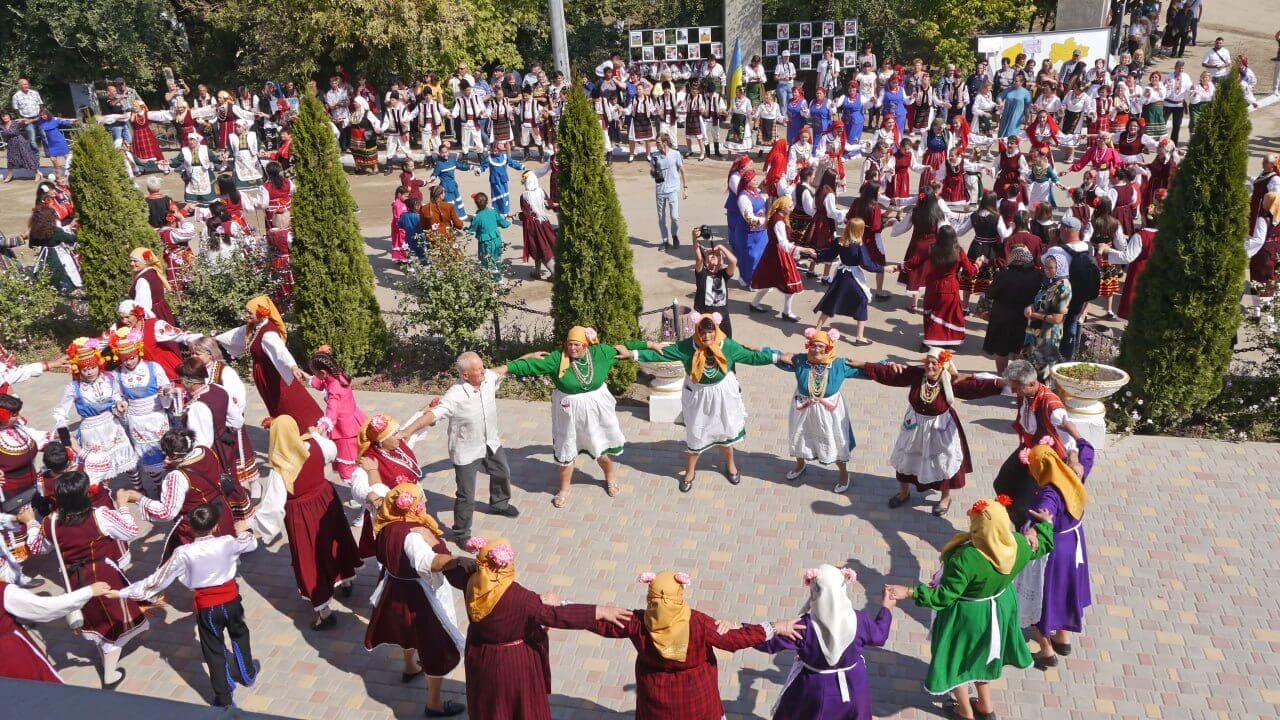
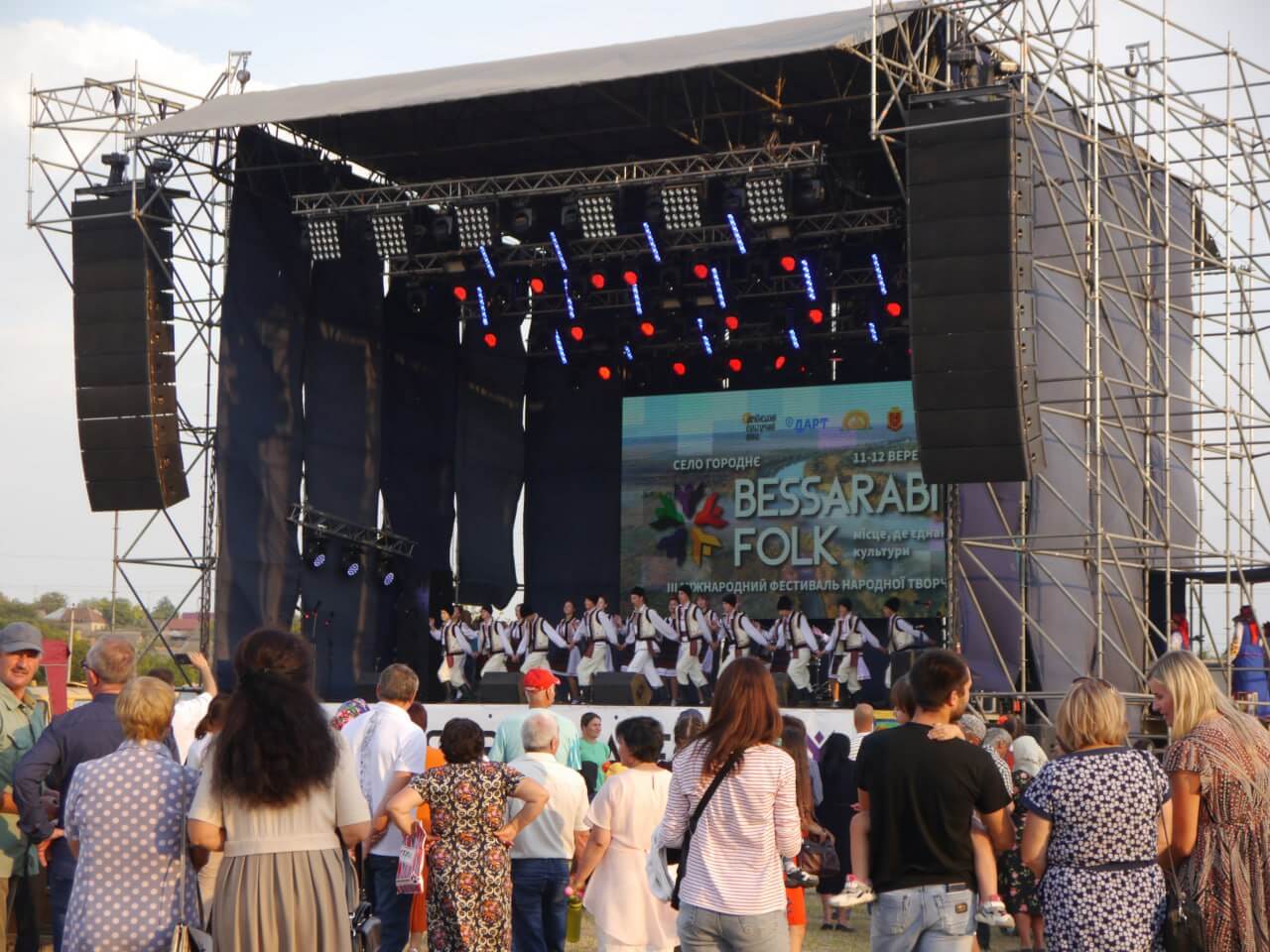
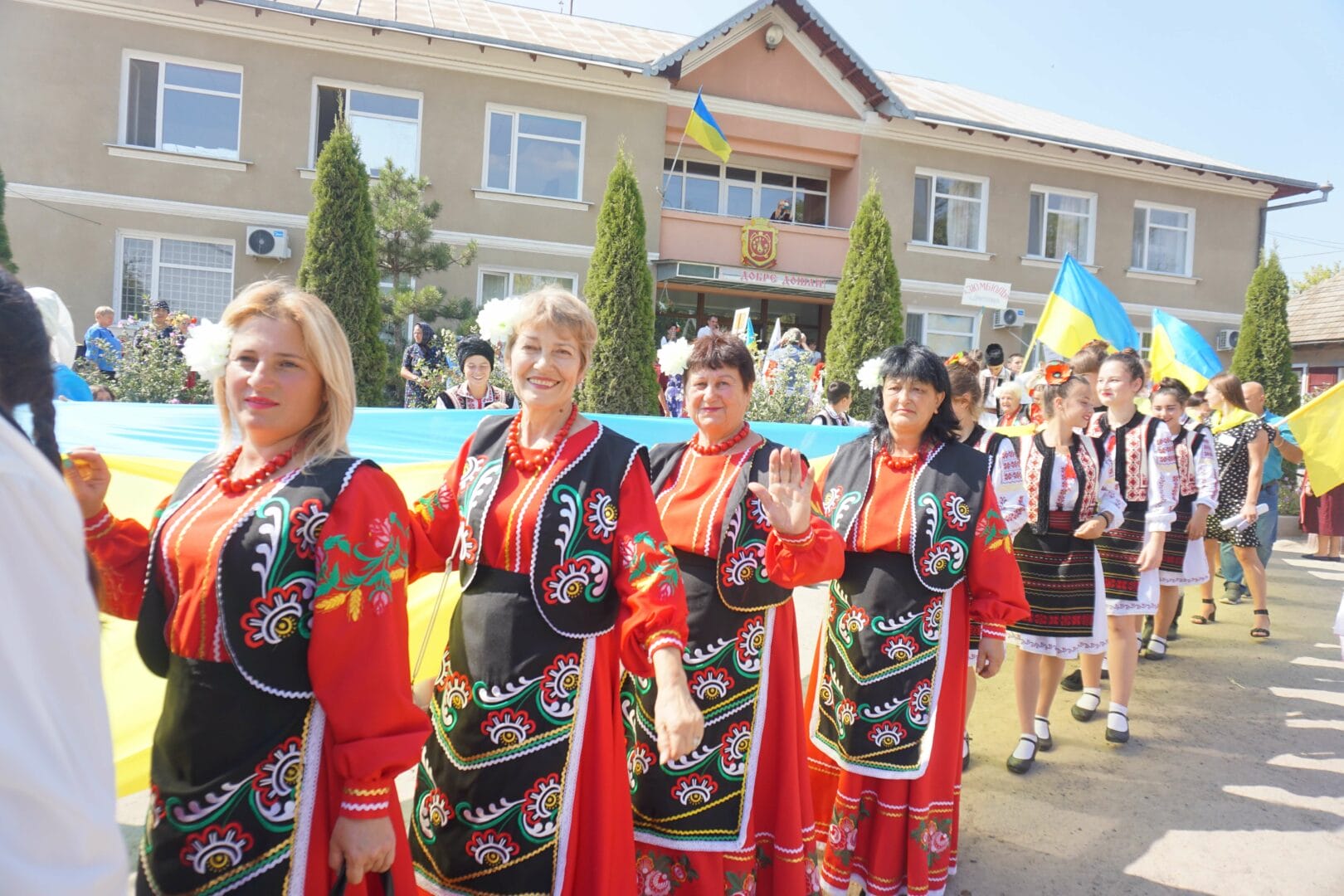
Each village of the Community has culture centres that are engaged in the preservation and popularization of local and Ukrainian culture. They include the ensemble of the Horodnie Culture Centre “Izvor” and the ensemble of the Novi Troiany Culture Centre “Bulgarian Hearts” having the title of the People’s ensemble. The Community also runs the Horodnie Rural Local History Museum, which preserves the history of the region, the heritage and the features of local residents.
Community youth
Development Strategy
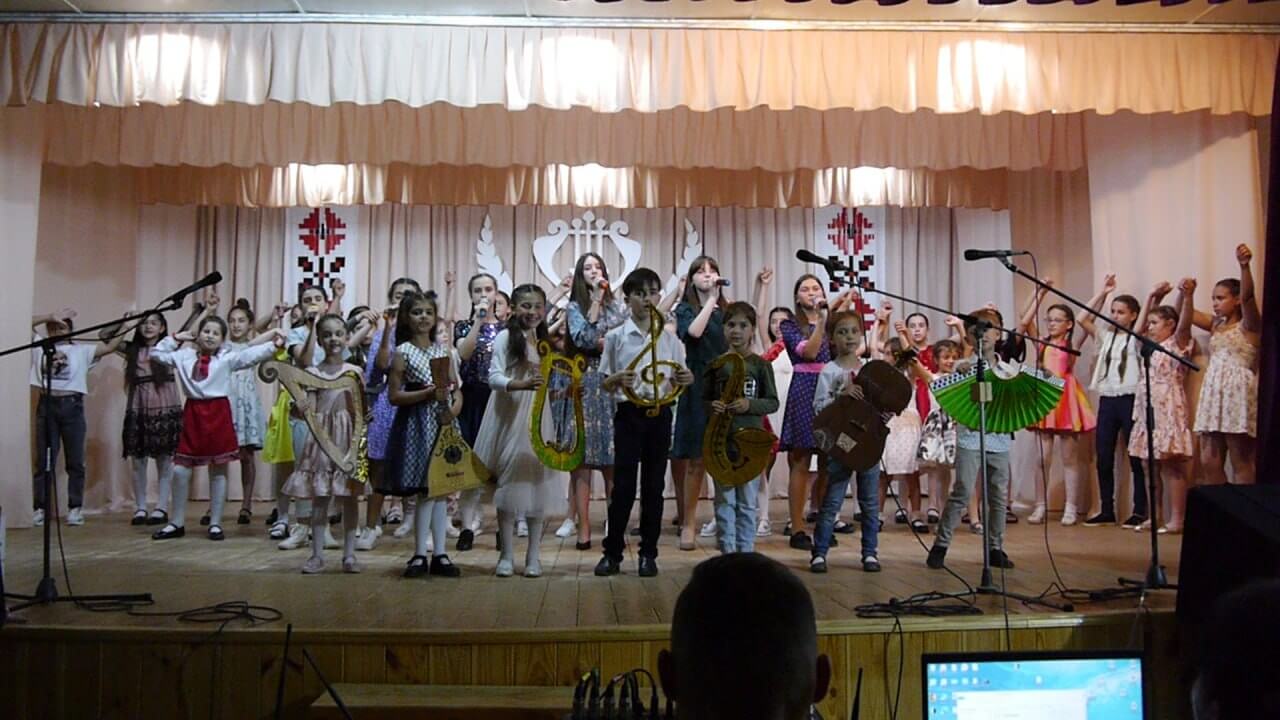
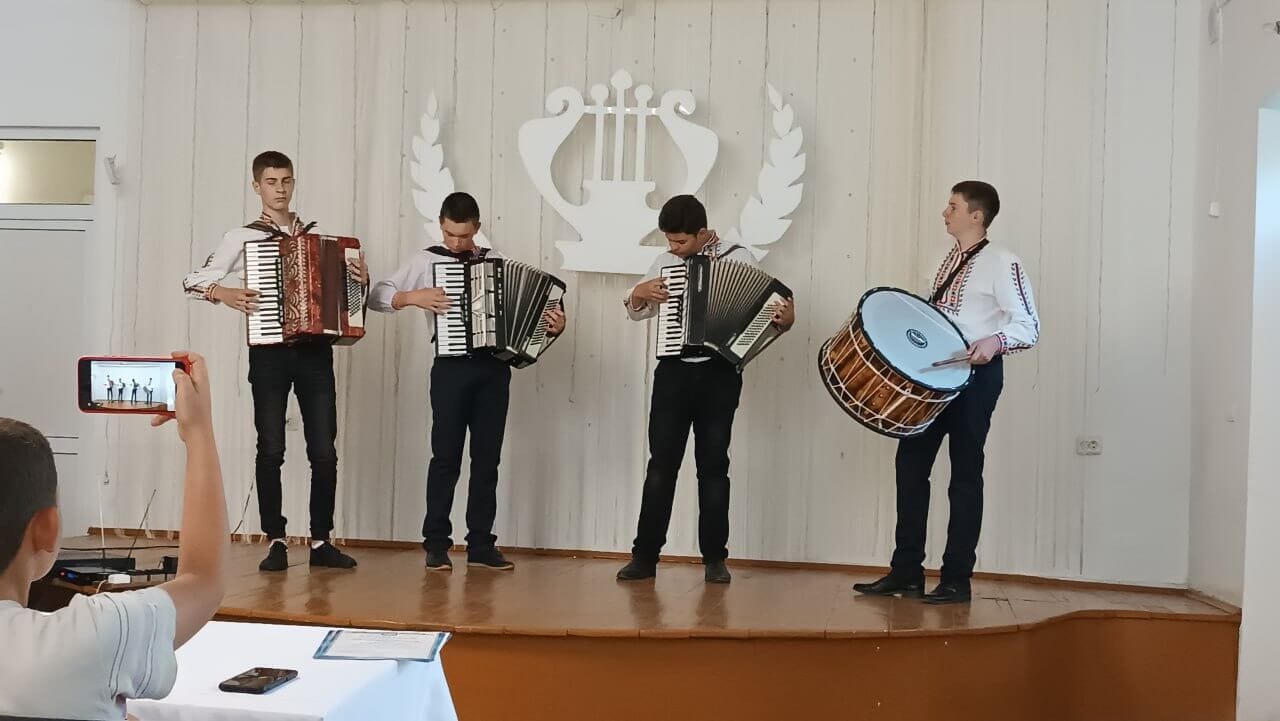
The strategy for the development of the Horodnie Community is in the process of being developed. The Community works on the creation of an economically developed community with a developed technological agricultural sector, small and medium-sized businesses.
The Community actively implements joint projects with international organizations and donors: U-LEAD, UNDP, UNFCCC, International Organization for Migration (IOM) in Ukraine, Embassy of Bulgaria in Ukraine.
The priority area of the Community development is the creation of an agro-industrial complex for the processing of agricultural raw materials of local origin. The creation of such a complex in the Community will provide an opportunity to increase tax revenues and employ the population, which will stop the labour migration of local residents.

The agricultural sector in interaction with tourism is a niche for the Community development. The main revenues of the local budget come from taxes in the agricultural sector. The majority of the population is employed in this field.
Features of the national composition of the Community (Bulgarians and Gagauz), preserved cultural heritage, the presence of cultural sites already attract tourists, and all these factors provide an opportunity for the development of tourism.
The Community tries to attract investments for the overhauls of roads, development and arrangement of recreational areas. The construction of a hotel or an estate is planned to develop local tourism.
Sources
- Official website of the Community
- Official Facebook of the Community
- Makhala online edition of Bessarabia
- Ukrainian Cultural Fund
